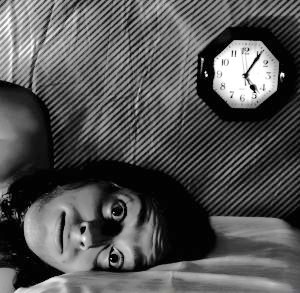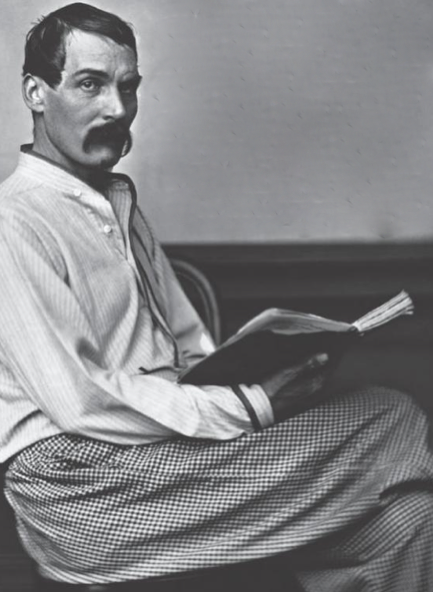
Systematic Desensitization: An extremely effective behavioral treatment for phobias and other anxiety problems. Patients construct a "fear hierarchy" regarding the feared stimulus, ranging from activities they believe they could do right now (e.g., holding a magazine in which there is a picture of a snake) to activities they feel increasingly less comfortable with (e.g., handling a live snake). Relaxation training is an essential component of the treatment, which was developed by South African psychologist Joseph Wolpe. The treatment employs both graded exposure and counterconditioning, in which the patient experiences relaxation (or, at minimum, a significant diminishing of anxiety) in the presence of a feared stimulus. Wolpe also introduced the SUDS (Subjective Units of Distress Scale). Patients report their SUDS throughout the procedure (usually on a scale of 1, completely relaxed, to 100, extreme panic). Contrary to common belief, it is not necessary for a patient to become completely relaxed in the presence of one feared stimulus before moving on to the next item on the fear hierarchy. It is only necessary for the patient's SUDS to have diminished significantly, either through relaxation techniques or habituation. Systematic desensitization could involve either in vivo (real life) or imaginal exposure to feared stimuli. Exposures can be gradual ("graded exposure") or all-at-once ("flooding"). In flooding, there is a risk of the patient fleeing the feared stimulus prematurely, thereby reinforcing the existing avoidant response. Imaginal flooding therapy is sometimes called implosion therapy. Modeling (e.g., watching either a therapist or someone else of the same age and gender doing the feared activity) can also be very effective. Common phobias (e.g., dogs, snakes, elevators, flying, needles) can be treated successfully in a single session using this method. Systematic desensitization and similiar behavioral treatments have made it possible for people to live without being troubled by excessive or irrational fears.




-large-picture.jpg)


















